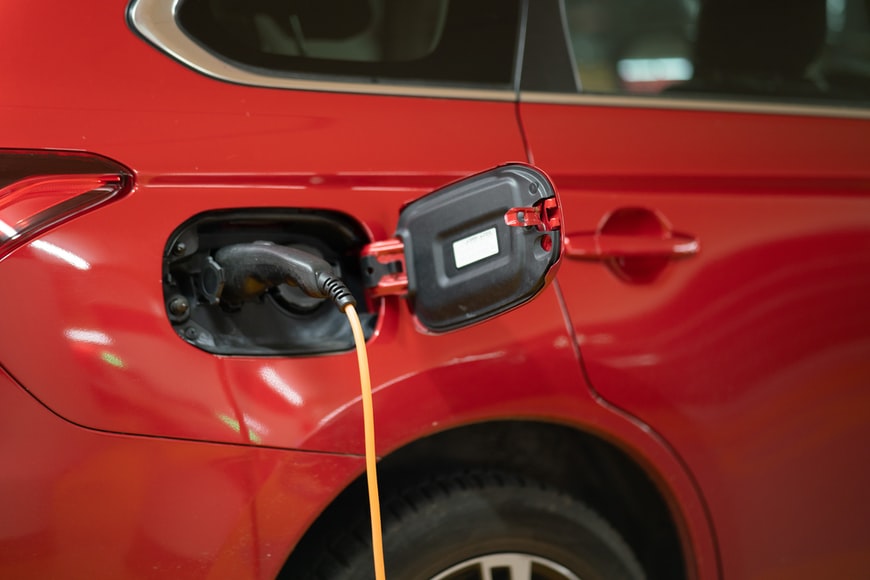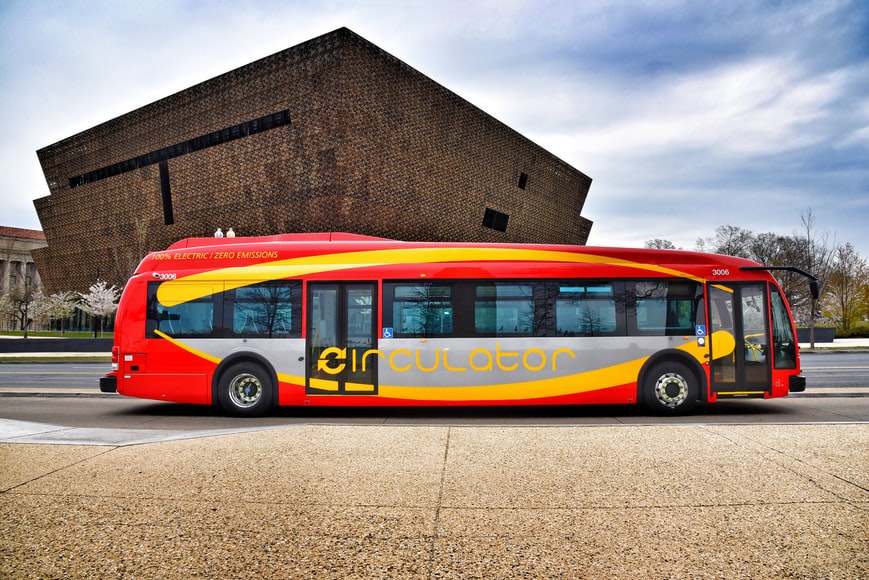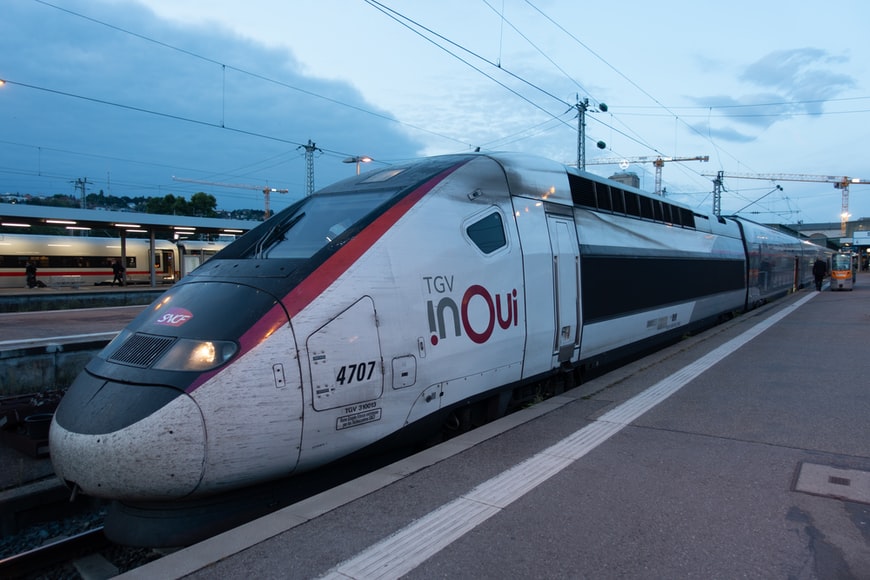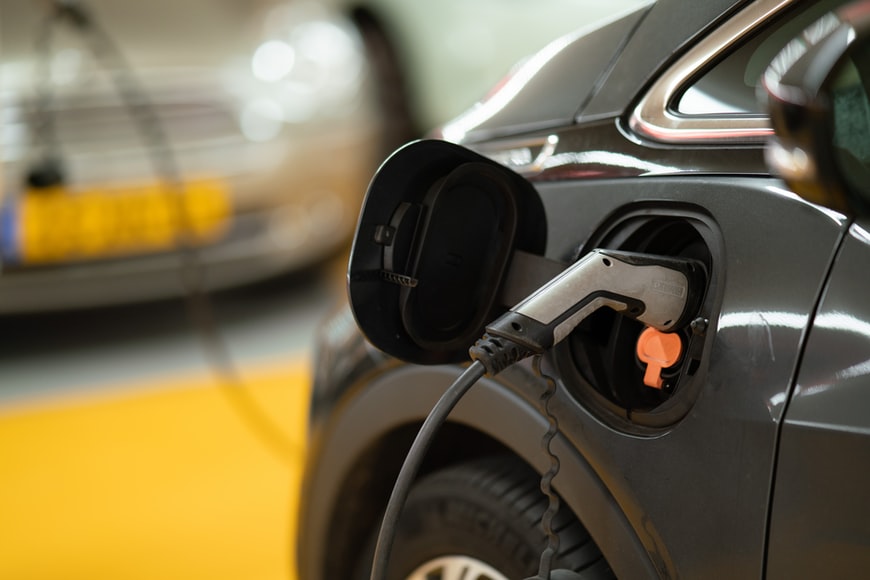
As technology advances, so do the options for electrifying transport. Historically, gasoline-powered cars were the primary mode of transportation. But since the late 19th century, electric vehicles have become the norm, despite the fact that they are still quite expensive. Today, the cost of electric buses has fallen to almost nothing and they are now an excellent alternative for many people. But how can they compete with the convenience and affordability of petrol-powered cars?

Effects Of Emissions
When it comes to emissions, electric transportation is the most environmentally friendly. It is the most fuel-efficient, quietest, and greenest form of transportation. While traditional vehicles produce a large amount of carbon dioxide, electric cars are much more efficient. These two factors contribute to a lower overall carbon footprint than conventional cars. This is especially true of trams, which are more expensive and polluting than electric vehicles. As an alternative to gas-powered cars, electric transport is also more efficient.
With its low fuel cost, electric cars are a great alternative to conventional vehicles. They are more efficient, and a good option for those who live in urban areas. As they are cheaper to purchase, they are a viable option for many people. However, electric vehicles do require a large amount of electricity. Aside from that, they require no maintenance, and can run on electricity. They also have lower maintenance costs. The advantages of EVs over their conventional counterparts include reduced costs, increased reliability, and a lower overall impact on the environment.

When it comes to transport, electric vehicles offer a great solution. Besides reducing CO2 emissions, they also help reduce congestion and pollution in cities. Moreover, they are cheaper than conventional vehicles. Furthermore, unlike conventional vehicles, electric cars are quieter and environmentally friendly. In addition, these vehicles can be easily recharged and require less fuel. In addition, they also reduce pollution and noise levels. This way, they are considered to be a better option than other modes of transportation.
Currently, electric buses, trolleys, and trams are popular ways of transporting goods and people. The prices of these vehicles are cheaper compared to traditional vehicles and are a great option. In addition, they do not need overhead lines and rails. They also do not require any parking. These vehicles are not limited to using public transportation, and can be used in urban areas. So, they can save energy and are a good choice for city travel.
What Other Types Of Electric Transportation Are Becoming Popular?
Aside from buses, electric buses, trams, and cargo vans are also popular in cities. These types of transports are often more affordable and convenient for passengers. They can also be very cost-effective. In fact, the costs of a bus are much lower than the costs of a car or a taxi. Several companies have already built a fleet of pure electric buses. They are not the only ones benefiting from this new mode of transport.
Electric buses are now the standard for public transit in the United States. Compared to the diesel buses, electric buses have lower operating costs. These buses can travel for up to 329 miles on a single charge. Another great advantage is that they are cleaner than gasoline vehicles. But there are still some disadvantages to electric buses. You may need to buy a special bus for your city. This is a costly and time-consuming way of transport.
The electric cars are not the only vehicles with battery-powered propulsion. These are also commonly known as streetcars. These vehicles are fueled by electricity. Moreover, they are more efficient than conventional vehicles. Its batteries are reusable, so they can be used in the event of a breakdown or accident. They are more convenient and environmentally friendly. They are also available in different sizes. The cost of electricity is significantly higher than those powered by conventional diesel-electric cars. The latter.

Electric trains can run for up to 320 km/h. But they require a lot of energy to operate. They do not require large batteries, so they can easily run on non-electrified tracks. Their high speed, high fuel consumption, and high weight are a few of the advantages of electric trains. The energy requirements of the electric train are also comparable to those of diesel-powered trains. These vehicles do not need a huge infrastructure to operate.
